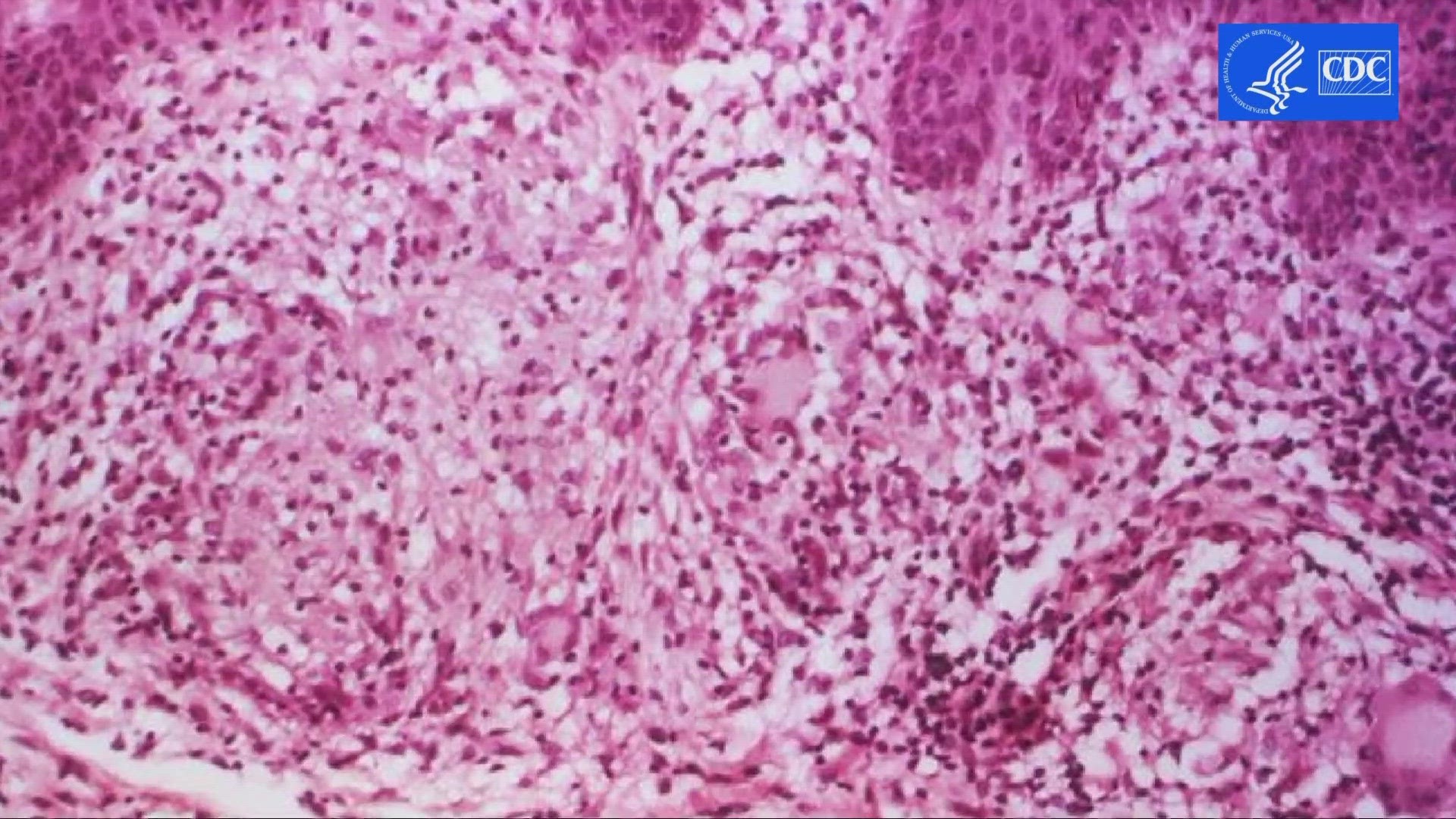CLEVELAND — The leprosy outbreak in Central Florida is getting a lot of media attention, but is it really a concern for vacationing Ohioans?
In a word, no. The CDC has not issued a travel advisory to Florida, and there's a lot of myths and misconceptions about this rare bacterial infection.
First of all, it's not easy to catch.
"This is not nearly as transmissible as things we’ve become very used to, such as COVID, influenza, and RSV," Cleveland Clinic infectious disease expert Dr. Kristin Englund told 3News. "It takes a lot of prolonged exposure to this."
In fact, Englund says 95% of us are naturally immune, but unfortunately, there's no blood test available to tell you if you have the immunity.
About 200,000 cases of leprosy, officially known as Hansen's disease, are diagnosed around the world. India and Brazil usually have the most cases, but it's also in more tropical areas such as Africa and Indonesia.
The CDC says up to 250 cases are diagnosed in the U.S. each year, most often in people who travelled out of the country. The interesting thing about the cases in Florida is that these folks did not leave the state, suggesting that the leprosy bacteria — known as Mycobacterium leprae — has become endemic to Florida and is now a normal part of the environment.
There are a lot of questions of how the bacteria is transmitted. It's believed it can be transmitted through respiratory droplets, but that requires prolonged, close contact with someone who has untreated Hansen's disease over many months. You cannot get leprosy through casual contact such as shaking hands, sitting next to, or talking to someone who has the disease.
"Many of the folks [infected] have been landscapers working in the dirt and dust, and the thought is somehow this is being transmitted from armadillos — which we know carry the disease — and the landscapers work in the dirt and are maybe exposed to bacteria from armadillos," Englund explained. "We just don’t know that answer yet."
Hansen's disease is usually associated with non-painful lesions, and the bacteria attacks the peripheral nerves.
"A discolored patch of skin [that] can be anywhere on the body, most commonly on the extremities," Englund said. "And often times it’s numb, because leprosy attacks the nerves."
A skin biopsy is used to diagnose leprosy along with a specific lab test, so the doctor must be aware that leprosy could be a potential cause for a skin issue. The good news is that it is treatable and curable with multi-drug therapy.
“You have to take these three medications for anywhere between one and two years," Englund added, "so it's also something that we don't make the diagnosis lightly."
Once a person begins treatment, they are quickly no longer contagious. Englund says Ohioans need to be more concerned about more common bacteria — such as MRSA, staph, strep and E. Coli — that has the ability to worsen in hours and lead to sepsis, a deadly blood infection.
Leprosy takes years to advance. Left untreated, it can lead to blindness, paralysis, and disfigurement.


